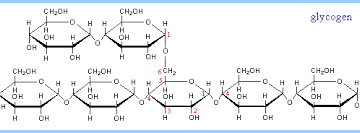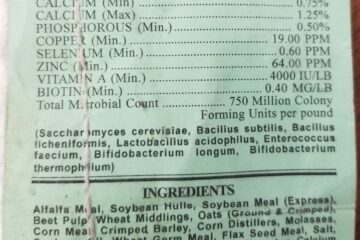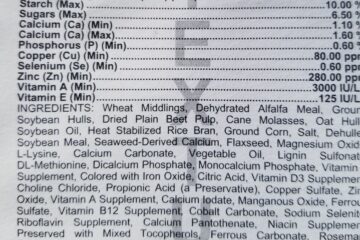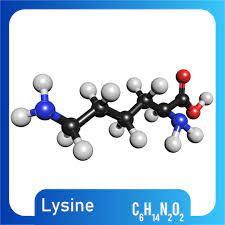Feed Review
When the Horse Feed and Supplement Companies are Lying to Us
“Critical Thinking” is a term that sums up a process of asking questions, doing research, comparing results and considering sources. The end result of this process should be a decision or opinion based on the data obtained. Every marketing department of every company on the planet builds its marketing plan depending on the fact that the average consumer will not use many critical thinking skills Read more…









